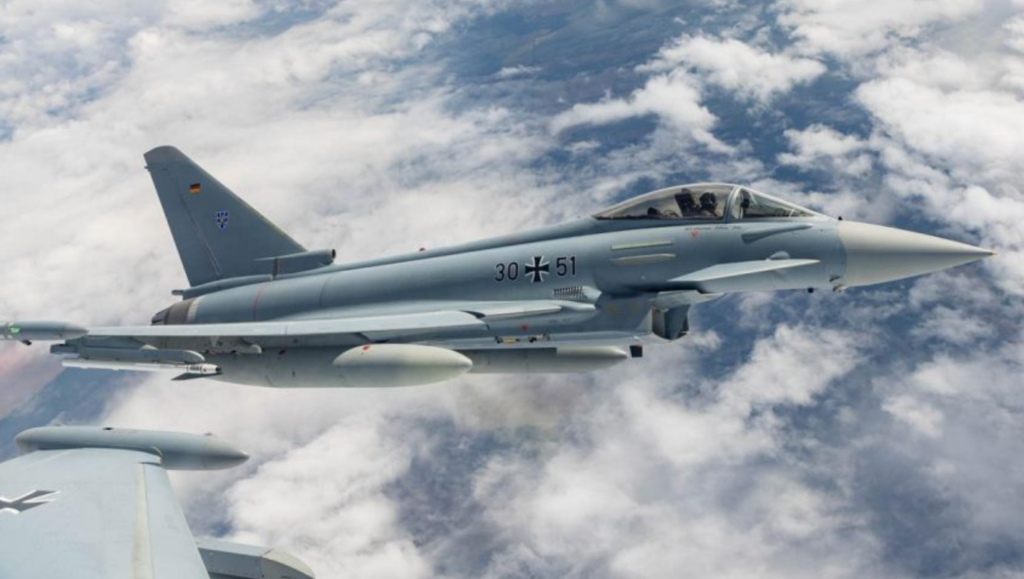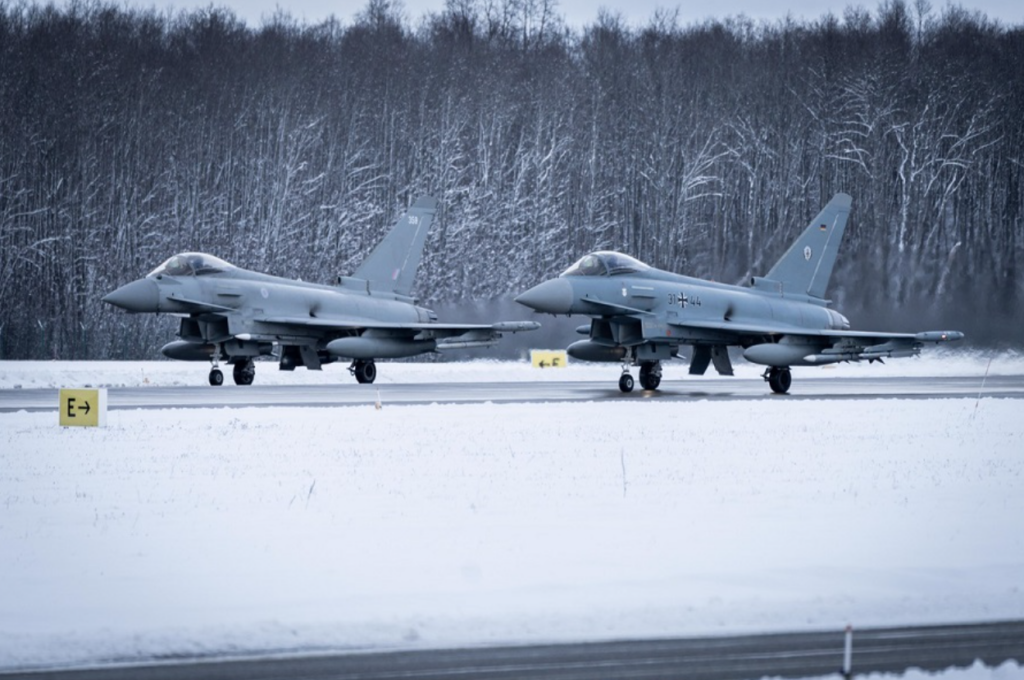Germany Approves €5.3 Billion for 20 New Eurofighter Typhoon Jets and SEAD Upgrade
Germany’s defense budget committee has approved a new €5.3 billion package to expand and upgrade its Eurofighter Typhoon fleet. The centerpiece is a top-up order of 20 new-build Typhoons (Tranche 5). Approximately €3.75 billion of the funding is allocated for these jets. Airbus Defence & Space in Germany will build these jets with engines, spares and support gear. Deliveries are scheduled between 2031 and 2034. Airbus will assemble the fighters at its German plants and ensure work for Eurofighter’s industrial partners.

Each new Eurofighter will carry cutting-edge sensors and weapons. The jets are set to receive active electronically scanned array (AESA) radars and Saab’s Arexis electronic-warfare system. Crucially, they will be cleared to carry anti-radiation missiles, giving them Suppression/Destruction of Enemy Air Defenses (SEAD/DEAD) capability. In practice, this means Typhoons can hunt down and destroy hostile radars – a mission today performed by the retiring Tornado ECR fleet. The procurement also includes approximately €1.13 billion for integration work and new equipment, €82 million for components, and roughly €412 million to purchase upgraded simulators for pilot training on the latest systems.
Officials note that modernizing Eurofighter is key to Germany’s NATO commitments. In MoD statements, the Typhoon is called “the mainstay of the German combat aircraft fleet,” and the Tranche-5 order will “transfer the capabilities of the aging Tornado into a future-proof platform with which Germany will continue to honour its NATO objectives.” The upgrade is timed to fill the gap as Germany retires some 85 Tornado jets by the end of the decade. Even with 35 Lockheed Martin F-35s on order, the new Typhoons will not fully offset that loss – the Bundeswehr’s frontline fighter count will still drop by a few dozen. By boosting Eurofighter’s electronic warfare and SEAD capabilities, however, Germany ensures the Luftwaffe maintains a credible strike and SEAD force. As one lawmaker put it, the new jets “will ensure the military operational capability of the Eurofighter until 2060.”
This deal also benefits the European defense industry. Airbus’s Eurofighter lines will stay busy into the 2030s, and key technologies come from across Europe (engines by the Eurojet consortium, avionics by Saab and others). It “further boosts the backlog” of Eurofighter orders – Spain and Italy have placed similar top-up buys – preserving jobs and workshare in NATO partner countries. The Eurofighter consortium (Germany, UK, Italy, Spain) gains another tranche of work, reinforcing Europe’s emphasis on home-grown combat jets. Overall, the €5.3 billion package (the largest of several deals approved by the Bundestag at once) cements a modern multi-role fighter core for Germany’s air force and strengthens Europe’s defense industrial base.

